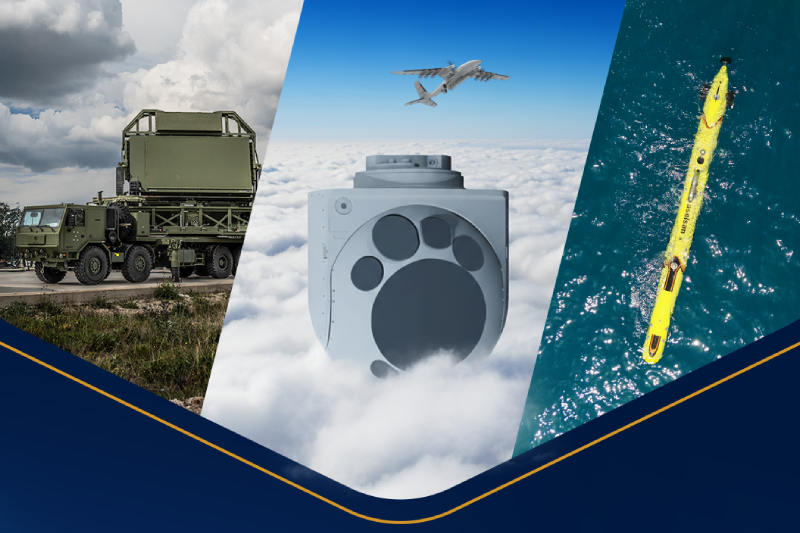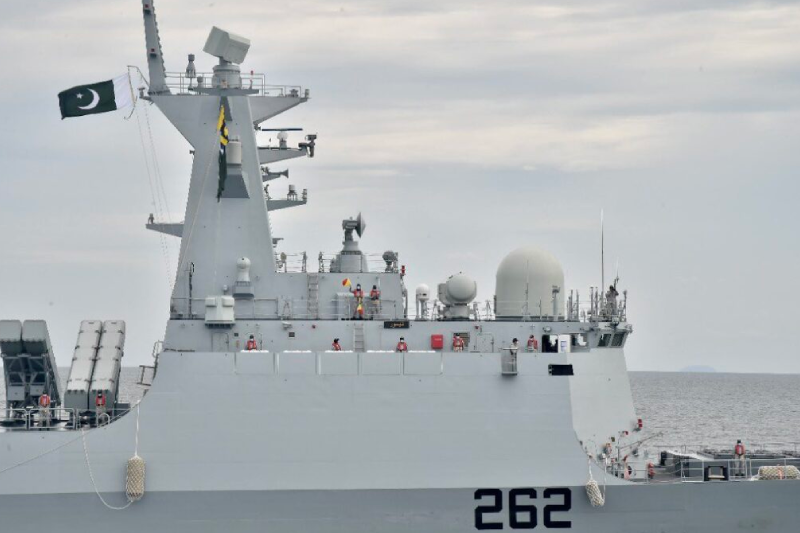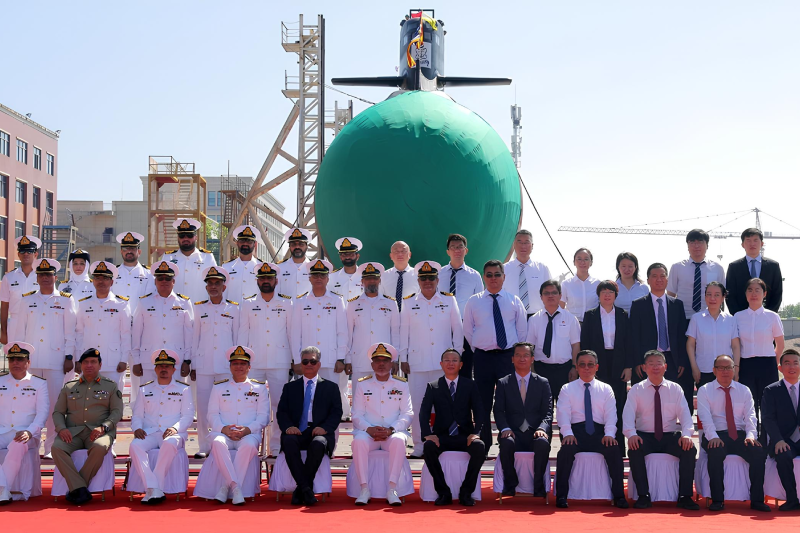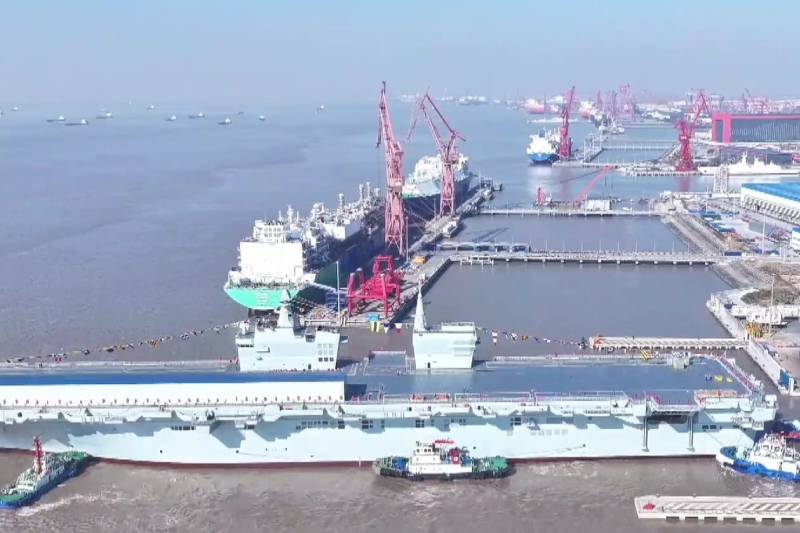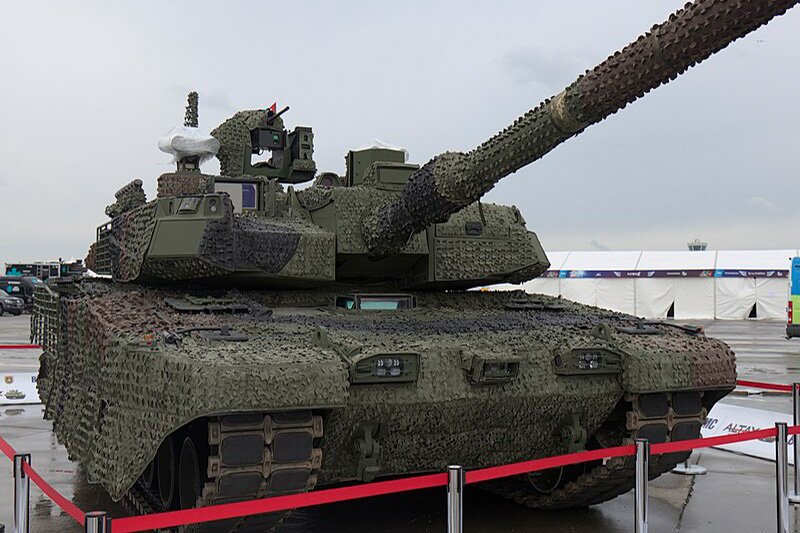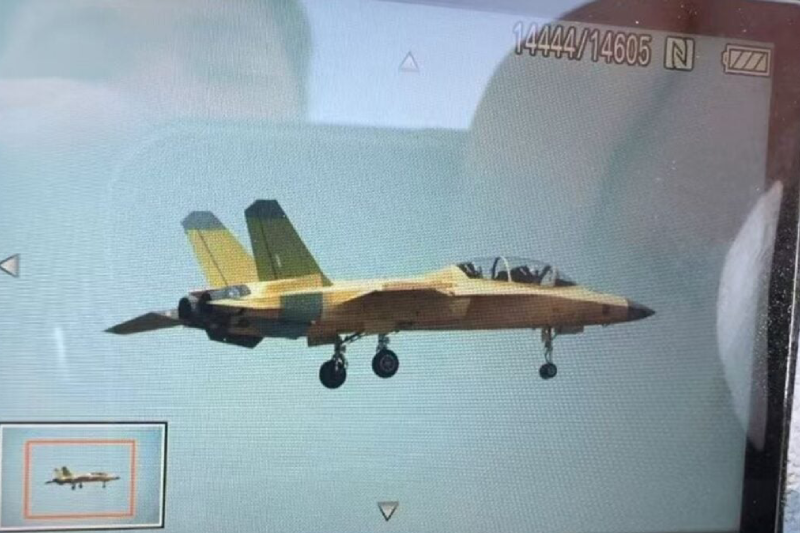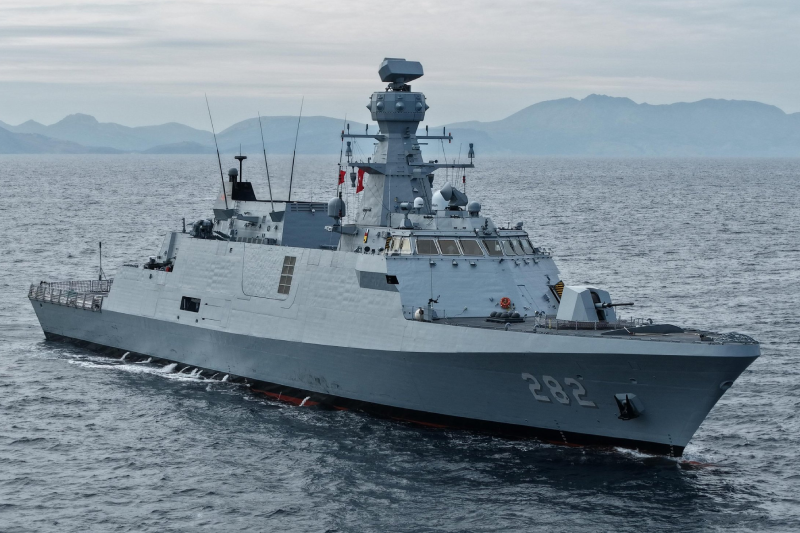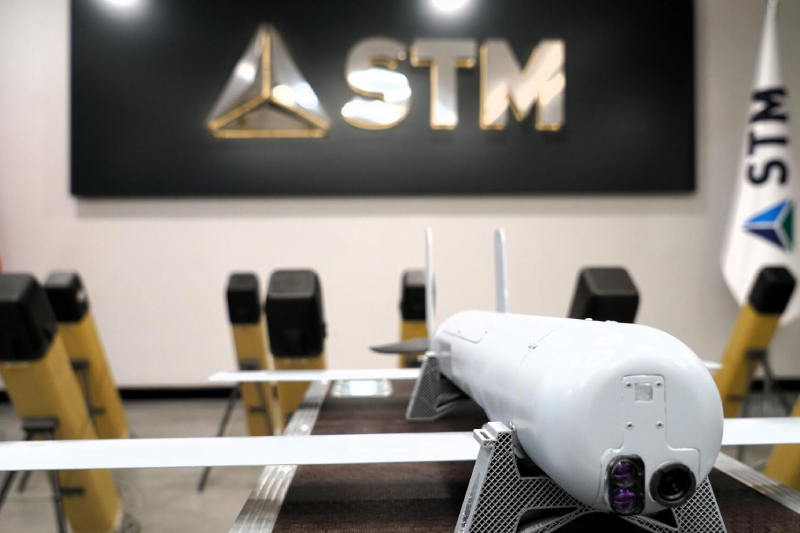Pakistan Navy to Receive Chinese Submarines Next Year
The first batch of Hangor-class submarines under a China-Pakistan cooperation project is expected to enter operational service with the Pakistan Navy in 2026, Admiral Naveed Ashraf, chief of the Naval Staff of the Pakistan Navy. The Pakistani naval chief emphasized that the China-Pakistan cooperation project for these advanced submarines is progressing smoothly, representing a cornerstone of bilateral defense ties. Admiral Ashraf stated that the successful launch of the second and third submarines in China earlier this year constitutes a major milestone for naval collaboration between China and Pakistan, with the China-Pakistan cooperation project demonstrating the deepening strategic partnership between the two nations in maritime defense capabilities.
Tech Transfer Deal Signed
Pakistan signed a contract with China to procure eight Hangor-class conventional submarines in 2015, establishing one of the most significant naval cooperation agreements in recent South Asian history. Under this arrangement, the first four submarines are to be constructed by China while the remaining vessels will be assembled by Pakistan, specifically designed to improve Pakistan’s indigenous technical capabilities and reduce foreign dependency. According to the project plan, Pakistan will acquire eight advanced submarines between 2022 and 2028, substantially expanding its underwater warfare capabilities.
Project Hits Key Milestones
The first Hangor-class conventionally powered submarine was launched in China in April 2024, marking initial program success, while the second and third vessels were consecutively launched this year, demonstrating accelerated production timelines. These launches represent critical milestones in the multi-year program, validating design specifications and construction processes. The systematic launch schedule indicates efficient project management and coordination between Chinese shipbuilders and Pakistani naval requirements.
Strategic Significance Extends
Admiral Ashraf spoke highly of this China-Pakistan cooperation project, emphasizing its multifaceted benefits. He explained that the project is not only significant for advancement of the Pakistan Navy’s submarine force capabilities and operational effectiveness, but will also contribute toward self-reliance through comprehensive transfer of technology and skill development at Karachi Shipyard & Engineering Works. The program reflects exceptional professionalism and close naval equipment collaboration between China and Pakistan, establishing foundations for future indigenous submarine construction capabilities.
Type 054A/P Frigates
Besides the submarine project, the Type 054A/P frigates mark another major achievement in China-Pakistan naval equipment cooperation. This class of multirole frigates is already in operational service with the Pakistan Navy, with Admiral Ashraf characterizing them as “among the most advanced surface combatants” currently deployed in the region. The successful integration of these sophisticated vessels validates the effectiveness of China-Pakistan defense cooperation and demonstrates China’s ability to meet demanding international customer requirements.
Enhance Multi-Domain Operations
Admiral Ashraf told that these Chinese-made frigates have greatly strengthened the Pakistan Navy’s multi-mission capability, particularly in critical areas including air defense against aerial threats, anti-submarine warfare countering undersea threats, and comprehensive maritime surveillance. These platforms are playing a key role in ensuring maritime security in the strategically vital North Arabian Sea and the broader Indian Ocean region, which is critical for the global economy given the concentration of international shipping routes.
Economic Corridor Protection
By securing vital sea lines of communication, including those linked to the China-Pakistan Economic Corridor (CPEC), the Pakistan Navy is playing a significant role in sustaining trade, investment and economic activity that benefit not only Pakistan but the entire region, Admiral Ashraf emphasized. The protection of CPEC-related maritime infrastructure and shipping represents a core national security priority, with Chinese-supplied naval platforms providing essential capabilities for this mission. The economic dimensions of maritime security increasingly drive naval modernization decisions.
Operational Experience Validates
Talking about the performance of Chinese-made equipment in actual operations, Admiral Ashraf said that Chinese-origin platforms and equipment have been reliable, technologically advanced and well-suited to Pakistan Navy’s specific operational requirements in regional waters. He emphasized that the Pakistan Navy’s experience with Chinese equipment has been very positive, both in terms of operational performance and technical support provided by Chinese manufacturers. This positive assessment encourages continued cooperation and potential expansion into additional platforms.
Emerging Technologies Shape Future Collaboration
As modern warfare evolves, emerging technologies such as unmanned systems, artificial intelligence and advanced electronic warfare systems are becoming increasingly important for naval operations. The Pakistan Navy is focusing intensively on these technologies and actively exploring collaboration with China that has leading industries in emerging technologies, Admiral Ashraf said. This forward-looking approach positions the partnership to address next-generation maritime challenges through technological innovation and joint development efforts.
Joint Exercises Deepen Operational Interoperability
In recent years, the navies of China and Pakistan have maintained frequent exchanges and cooperation across multiple domains. The two sides have conducted multiple joint exercises and training activities in China and Pakistan as well as at high seas across diverse geographic areas. The exercise content covers subjects such as joint counter-terrorism operations, anti-piracy patrols, maritime replenishment procedures, formation maneuvering, communication liaison protocols, and joint search and rescue operations. In particular, the Sea Guardians series of exercises has become an important brand for joint naval exercises between the two countries.
Sea Guardians Exercises Demonstrate Partnership Maturity
Admiral Ashraf told that the Sea Guardians series of exercises represents the growing depth and maturity of Pakistan-China naval cooperation beyond simple equipment transfers. He explained that these exercises enhance interoperability, tactical coordination and professional exchanges between the two navies and help operational forces learn from each other’s experiences in diverse warfare domains, including counter terrorism, antipiracy and maritime security operations. “Most importantly, such engagements demonstrate our shared resolve to promote peace, stability and freedom of navigation in the region,” he emphasized.
Long-Term Strategic Partnership
On the topic of China-Pakistan naval cooperation in the future decades, Admiral Ashraf said that the Pakistan Navy’s partnership with China is built on deep-rooted friendship, mutual respect, trust and shared strategic interests that transcend transactional relationships. “In the coming decade, we expect this relationship to grow stronger, encompassing not only shipbuilding and training, but also enhanced interoperability, research, technology sharing and industrial collaboration,” he projected, outlining an ambitious vision for expanded cooperation.
Technology Domains Offer Expansion Opportunities
“There is immense potential for cooperation in advanced technologies, unmanned systems, marine scientific research and maritime industry development,” the Pakistani admiral elaborated. “Together, we aim to ensure a secure and stable maritime environment that supports regional peace and prosperity,” he said, emphasizing the broader strategic objectives beyond narrow military considerations. This comprehensive approach positions the partnership to address emerging challenges across the maritime domain.
Strategic Modernization Partnership
“China has been a trusted partner in the Pakistan Navy’s modernization journey,” Admiral Ashraf affirmed. He noted that the introduction of advanced frigates and submarines has significantly enhanced the Pakistan Navy’s operational reach across wider geographic areas, multi-domain war fighting capabilities spanning surface, subsurface and air operations, and overall deterrence posture. These modern platforms, coupled with joint training and exercises with the PLA Navy, have deepened professional synergy and strengthened interoperability at sea, Admiral Ashraf said, noting that “this cooperation goes beyond hardware; it reflects a shared strategic outlook, mutual trust, and a long-standing partnership.”
Also read this: China Advances Naval Tech with Type 076 EMALS Test
Maritime Expo Showcases Economic Opportunities
From Monday to Thursday, the Pakistan Navy is organizing a second edition of Pakistan International Maritime Expo and Conference (PIMEC) in Karachi, Pakistan’s largest port city. The event is being organized with the aim to jump-start the development of Pakistan’s maritime sector and establish a platform to spur the blue economy and provide opportunities for government-to-government and business-to-business engagements, according to the Pakistan Navy. The expo reflects Pakistan’s growing focus on maritime economic development alongside security considerations.
Blue Economy Development Drives Regional Growth
Admiral Ashraf explained that PIMEC is a platform which showcases and leverages the country’s strategic maritime assets, including Gwadar port and the opportunities presented by the CPEC, promoting investment in critical infrastructure to support trade and economic growth. He noted that with PIMEC, the Pakistan Navy aims to promote blue economy development and technological advancements as well as address emerging maritime threats through international cooperation. This integrated approach recognizes that maritime security and economic development are fundamentally interconnected in the contemporary strategic environment.
Keep connected with us at Facebook, Twitter, YouTube, Instagram & TikTok for latest defense happening around the globe.
Discover more from International Defence Analysis
Subscribe to get the latest posts sent to your email.


